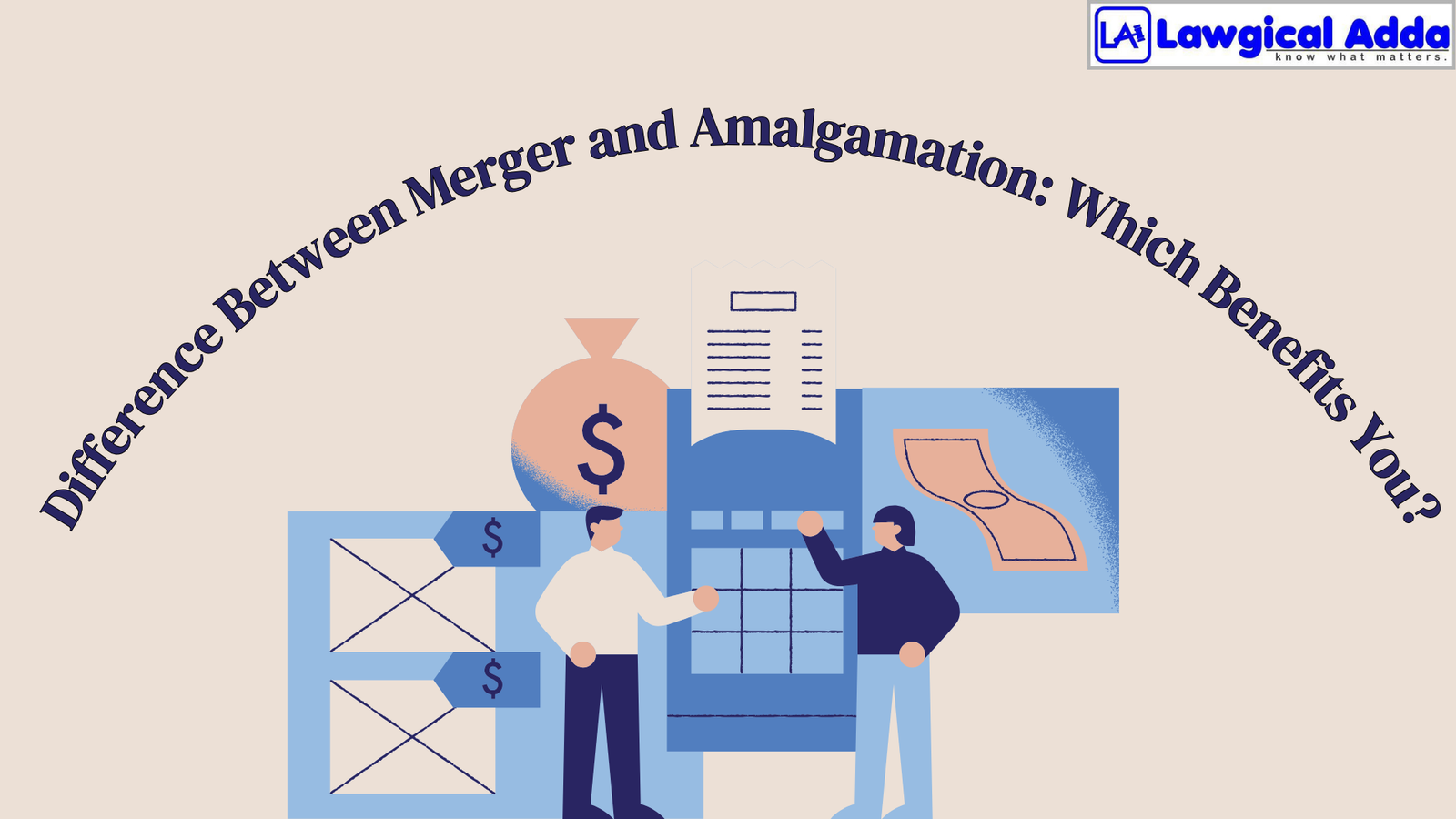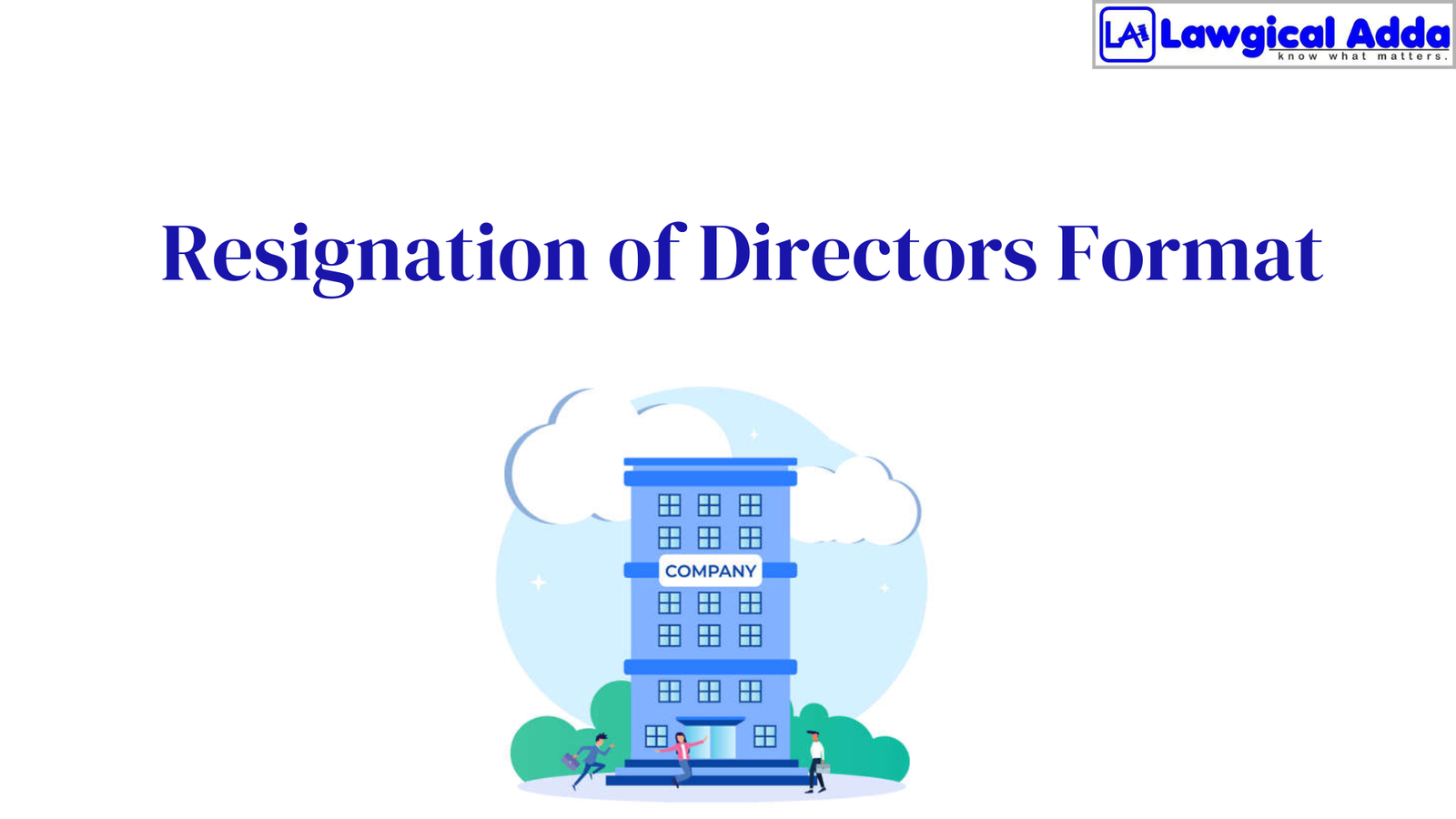Difference Between Merger and Amalgamation: Which Benefits You?

Table of Contents
The corporate world is full of competition. Various strategies are adapted to overcome this competition. Amalgamation and merger are two such important strategies. Even though both are restructuring procedures, there is a significant difference between merger and amalgamation.
Often used interchangeably, both have their distinctive features and legal and procedural differences. Let us understand the key difference between merger and amalgamation in this blog!
What is a merger?
Let us understand a merger before understanding the difference between a merger and an acquisition.
A merger refers to the reconstruction of a business where two or more entities together form a single company. However, both companies still maintain their identity. It leads to the consolidation of multiple companies.
The companies are consolidated to consolidate the strength and resources of the company. This enhances the strengths and competitive advantage of the company. Synergies are achieved, resulting in higher profits for the company.
Merger is often seen as a corporate strategy that benefits business in multiple ways. The companies that agree to merge have similar scale of operation. They are usually similar in size. Generally, these companies have a strength that the other merging companies are looking for.
Mergers are classified into different types. Based on the nature of the merging entities, here are some types of mergers:
Horizontal Merger
A horizontal merger occurs when two or more companies working in the same industry come together. They may offer similar products and services to their customers. Reducing the competition is the key objective of this type of merger. The companies come together to achieve economies of scale.
Economies of scale and reduced competition may increase the company’s profits considerably. HP’s merger with Compaq is a significant horizontal merger to gain a greater market share and compete with big companies like Dell.
Vertical Merger
When two companies operating at different stages of supply come together, the merger is called a vertical merger. This type of merger happens between two companies working at different stages of the industry. Vertical merger is entered when entities experience the need for operational efficiency. The merger helps the new business gain greater control over the production process.
A vertical merger is also seen in cases where the firms intend to gain a competitive advantage by buying resources or raw material materials at a cheaper price. Businesses can also gain an advantage by delivering value in the delivery process.
Conglomerate Merger
This type of merger occurs between two or more companies that operate in different industries but create value for each other. Businesses go into a conglomerate merger to achieve diversification of business. This reduces the risk present in the business activities.
Market-Extension Merger
This type of merger takes place when businesses operating in different geographical markets merge to expand their market reach. The market-extension merger is similar to a horizontal merger. But even though the companies operate in the same industry, they work in different parts of the globe. The merger aims at market extension of both businesses.
Let’s understand amalgamation before proceeding towards the difference between merger and amalgamation.
What is amalgamation?
The concept of amalgamation is quite wider than a merger. An amalgamation is a combination of two or more companies coming together to form a new entity. However, the companies coming together in an amalgamation lose their identity.
They cease to exist after the amalgamation and start operating as a single entity. The new company takes over the old company’s assets, liabilities, and operations. Amalgamations are used to streamline operations and achieve synergies. Mainly we see two types of amalgamations:
Amalgamation through Absorption
An amalgamation through absorption happens when the principal company absorbs the other companies. The absorbed companies give up their identities. They lose their assets, and liabilities in exchange for a consideration. The assets and liabilities of the company are further transferred to the principal company.
Amalgamation through Consolidation
Alagmation through consolidation involves the creation of a completely new company that takes over the assets and liabilities of both the absorbing companies. No old company retains its existence here. The absorbing companies cease to exist. Only one company remains, and that is the newly incorporated company.
Now that we have understood both the concepts clearly, let us proceed towards the difference between merger and amalgamation.
Important differences between merger and amalgamation
Even though both concepts are distinct, it is quite easy to get confused between the features of merger and amalgamation. That is why it is important to clarify one’s concepts with the help of important differences between merger and amalgamation.
A merger results in a new venture where all the companies involved still maintain their identity. The identity of at least one company ceased in the process of amalgamation. Similarly, many distinctions bring significant differences between merger and amalgamation.
Here are the key differences between merger and amalgamation that will help you solve all your doubts:
Approval
The approval procedure for a merger and amalgamation is quite different. The process of merger requires the approval of the Board of Directors and shareholders of all the companies involved. Amalgamation requires this, too.
However, the amalgamation requires a detailed scheme prepared by a professional, which needs to be submitted to the NCLT (National Company Law Tribunal). Merger does not require this scheme.
Merging companies require approval only from regulatory bodies like the SEBI (Securities and Exchange Board of India) and CCI (Competition Commission of India).
Identity
Merger retains the identity of the companies. Amalgamation requires cessation of at least one company. The company that ceases to exist is known as an absorbing company.
Legal Structure
After the merger, the merging companies maintain their own legal identities. The surviving companies, too, can continue their operations under their old name. On the other hand, all the absorbing companies lose their legal identity in case of an amalgamation.
Accounting treatment
There is a significant difference between merger and amalgamation and their accounting treatment. The merger is treated under the ‘pooling of interests’ method where the assets, liabilities and the reserve of the merging companies are combined at their existing book values, that is the value last mentioned in their books of accounts or balance sheets.
Amalgamation is treated under the ‘purchase method’ or a ‘pooling of interest’ method. The methods vary as per the situation. They change as per the type of amalgamation that the company opts. The purchase method includes revaluing assets and liabilities of the amalgamating companies at their fair value.
Tax Implication
Mergers can have severe tax implications. Mergers allow carry forward of tax losses and unabsorbed depreciation on assets. The surviving companies, too, can benefit from these tax shields.
The tax benefits are comparatively less in case of an amalgamation. The tax benefits depend on the terms of the scheme. The new entity is eligible for a few tax benefits. This includes carry forward of losses.
Aims and objectives
The key objective of Merger involves achieving economies of scale, reducing competition and expanding market reach. It aims towards higher operational efficiency. Amalgamation is opt to streamline operations, achieve synergies and create a stronger entity capable of standing strong in the market.
Which one is better?
We have understood the difference between merger and amalgamation. But which one is better? Let us analyze the right choice for you with the help of the table:
| Basis | Merger | Amalgamation |
| Economies of scale | Achieving economies of scale is the primary motive of a merger. Economies of Scale reduce costs, increases profits and improves efficiency. | Amalgamations streamline operations by eliminating redundancies and improving coordination. This enhances overall operational efficiency and reduces costs. |
| Market Expansion | Mergers expand market reach by making foreign resources available to us. This increases customer base and revenue streams. | Amalgamation does not lead to any market expansion. It results in the consolidation of the existing funds. This includes financial, human and technological resources. Here the consolidation leads to competitive advantage |
| Synergies | Mergers create synergies by bringing together strengths and resources of the merging companies. This leads to improved products, enhanced R&D and better outputs. | Amalgamation involves creating a new synergy altogether. The identity of the old, absorbing company is lost. |
| Diversification | Mergers provide opportunities to diversify beyond our existing product and market. This reduces the risk of dependence on a single market or product. | Amalgamation improves the market position in the existing market. It creates larger, stronger and competitive entities that are capable of achieving better market share. Amalgamation enhances the competitive ability of the business. |
| Integration | Integration of operation, different cultures and changes in management techniques can be difficult to adapt. It is a challenging and time consuming process. It leads to conflicts and disruptions in business. | Integrating two companies is a difficult task. Amalgamation requires complex and detailed legal and regulatory procedures, making integration even more tough.Differences in organizational cultures may lead to conflicts and affect employee morale. |
| Regulatory Hurdles | Mergers require various approvals from many regulatory authorities. Regulatory hurdles can delay the process and add costs and complications. | Amalgamation requires proper scheming and approval. Scheming can take up significant time. |
| Job losses vs competition loss | Mergers often result in redundancies and job losses as the merged entity seeks to eliminate duplicate functions and streamline operations. This can create employee morale issues and affect productivity. | Amalgamations can lead to monopolistic practices by creating dominant entities that control significant market share. This can stifle competition and innovation. |
| Increased Debt | Mergers involve significant costs that can lead to massive debts. This can strain the company’s financial resources and impact the company’s capability. | Amalgamation leads to improved financial stability. This happens due to combining the financial resources. Increased financial resources lead to increased risk-taking capacity, larger projects, and investments. |
Conclusion
Both mergers and amalgamations are essential business restructuring tools. They offer a range of benefits to every party involved in it. Understanding the important difference between merger and amalgamation is essential to companies who are considering these strategic tools.
While a merger involves partial consolidation of companies, amalgamation results in a new fully new company. Both procedures lead to higher synergies, better market positions, and enhanced operation efficiency.
Companies must carefully evaluate their strategies and their impact on the strategic, financial, and market goals. Make informed decisions by aligning the long-term objectives with the strategies.
Simplify the procedure of amalgamation or merger once your decision is taken. Choose a professional help like Lawgical Adda that can unburden all your compliance issues!
FAQs
Is a merger and amalgamation the same?
Even though both concepts are distinct, it is quite easy to get confused between the features of merger and amalgamation. That is why it is important to clarify one’s concepts with the help of important differences between merger and amalgamation.
A merger results in a new venture where all the companies involved still maintain their identity. The identity of at least one company ceased in the process of amalgamation. Similarly, many distinctions bring significant differences between merger and amalgamation.
Give an example of the merger.
HP’s merger with Compaq is a significant horizontal merger to gain a greater market share and compete with big companies like Dell.
Give an example of amalgamation.
Indian company Maruti has joined hands with Japanese company Suzuki. This consolidation is an example of an amalgamation.








